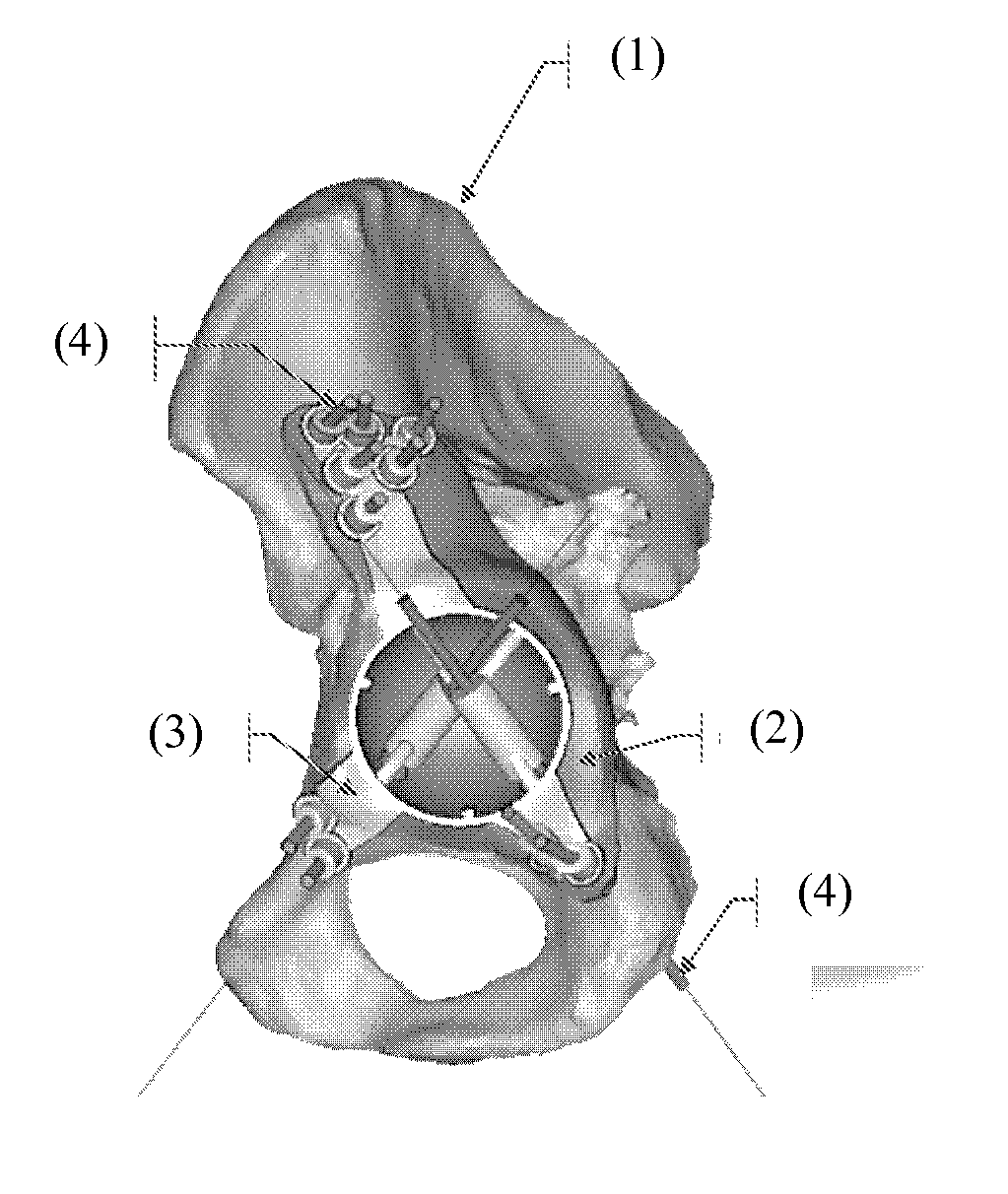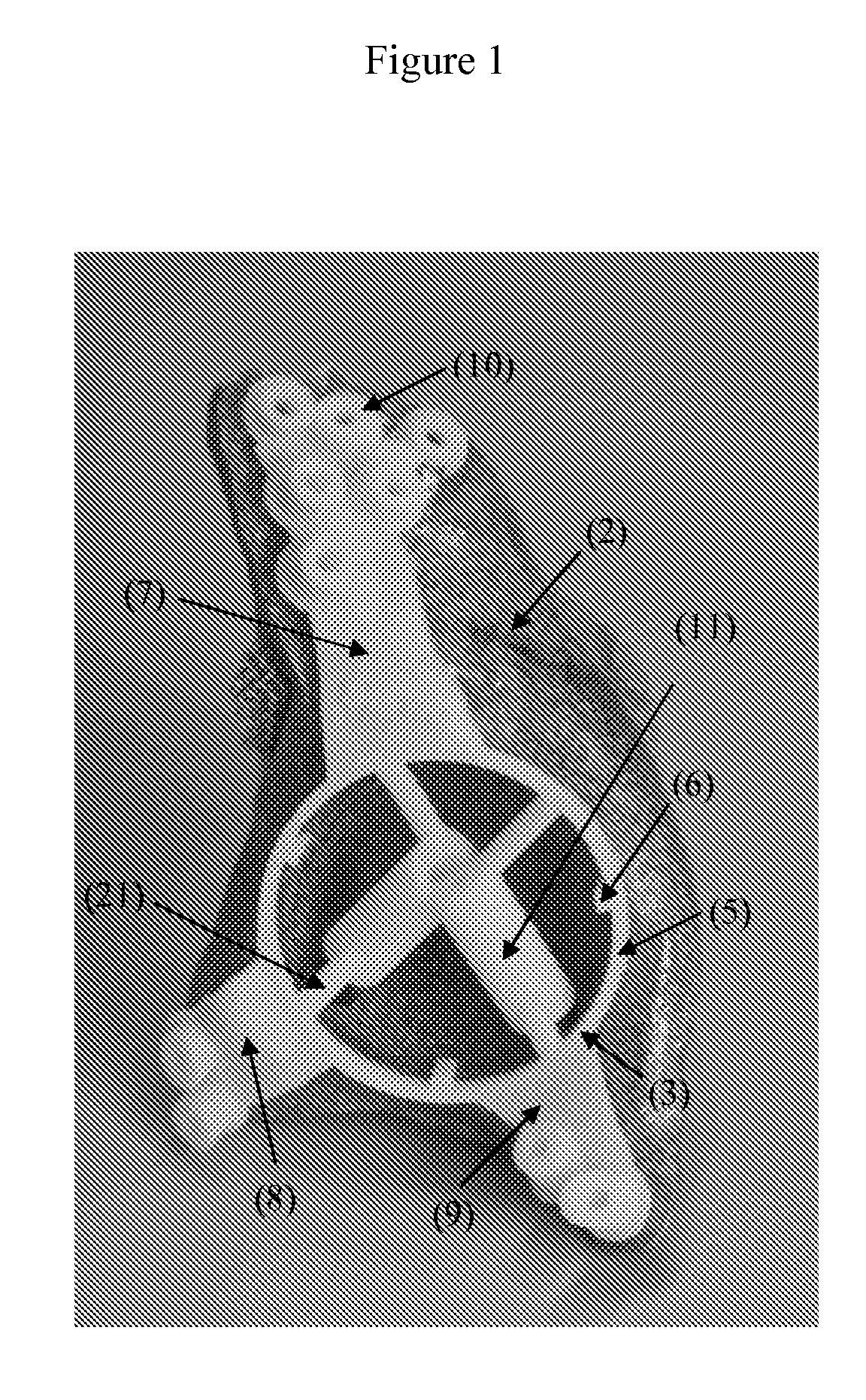Customized surgical guides, methods for manufacturing and uses thereof
a surgical guide and custom technology, applied in the field of surgical guides, can solve the problems the procedure is technically more difficult and time-consuming, and the outcome is often less satisfactory, so as to avoid the risk of inaccurate re-insertion, avoid the risk of fracture or perforation of the bone, and ensure the stability of the surgical instrumen
- Summary
- Abstract
- Description
- Claims
- Application Information
AI Technical Summary
Benefits of technology
Problems solved by technology
Method used
Image
Examples
Embodiment Construction
[0066]The present invention will be described with respect to particular embodiments but the invention is not limited thereto but only by the claims. Any reference signs in the claims shall not be construed as limiting the scope.
[0067]Where the term “comprising” is used in the present description and claims, it does not exclude other elements or steps. Where an indefinite or definite article is used when referring to a singular noun e.g. “a” or “an”, “the”, this includes a plural of that noun unless something else is specifically stated.
[0068]Furthermore, the terms first, second, third and the like in the description and in the claims, are used for distinguishing between similar elements and not necessarily for describing a sequential or chronological order, unless specified. It is to be understood that the terms so used are interchangeable under appropriate circumstances and that the embodiments of the invention described herein are capable of operation in other sequences than desc...
PUM
| Property | Measurement | Unit |
|---|---|---|
| trajectory length | aaaaa | aaaaa |
| morphology | aaaaa | aaaaa |
| surface | aaaaa | aaaaa |
Abstract
Description
Claims
Application Information
 Login to View More
Login to View More - R&D
- Intellectual Property
- Life Sciences
- Materials
- Tech Scout
- Unparalleled Data Quality
- Higher Quality Content
- 60% Fewer Hallucinations
Browse by: Latest US Patents, China's latest patents, Technical Efficacy Thesaurus, Application Domain, Technology Topic, Popular Technical Reports.
© 2025 PatSnap. All rights reserved.Legal|Privacy policy|Modern Slavery Act Transparency Statement|Sitemap|About US| Contact US: help@patsnap.com



